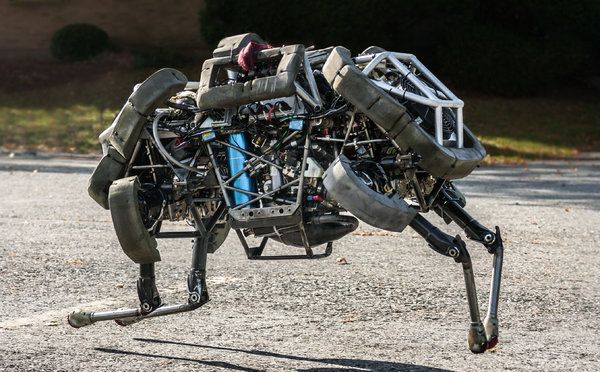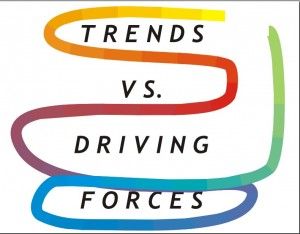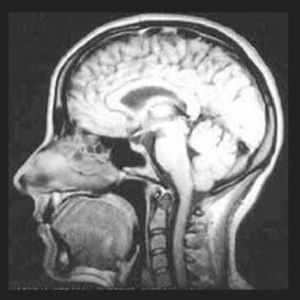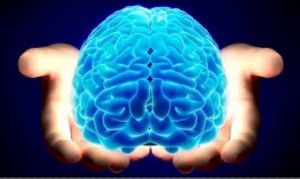Trends Vs. Dynamic Driving Forces! By Mr. Andres Agostini
(Trends Vs. Dynamic Driving Forces, A Clarity-Driven Pathway Before A Universal Management and Scientific Blunder!).
This is an excerpt from the conclusion section of, “…Trends Vs. Dynamic Driving Forces…” that discusses some management and futurism theories and practices. To read the entire piece, just click the link at the end of article:
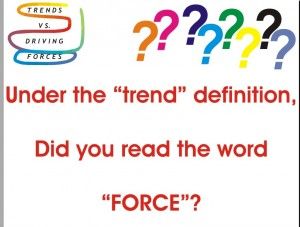
EXCERPT. Ensuing:
“…If you like where events seem to be headed, you may want to take timely action to preserve their positive trajectory. If you do not like where they appear to be going, you will have to develop and implement policies to change their trajectory…”

Futurology is the “…study or forecasting of potential developments, as in science, technology, and society, using current conditions and trends as a point of departure…”

“…The goal here [in the beginning of the third millennium] is to understand the enablers [the driving forces out of which some futurists comfortably depict so-called ‘trends’] for change [potential upsides] as well as the barriers [imminent downsides]…”
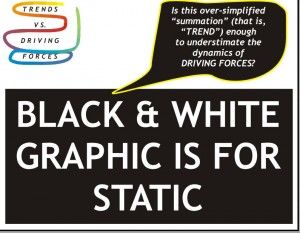
“…The law is recognizing the trend toward complexity of life and the inability of the average person to recognize and overcome risks associated with it … Whereas our forefathers could knowingly inspect the horseshoes a blacksmith nailed on their horses’ hoofs, the average person today cannot knowledgeably inspect a microwave oven or a car’s automatic transmission.…”
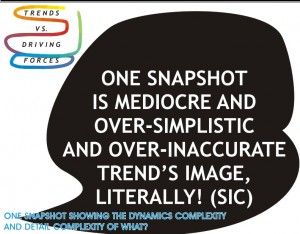
”…Welcome to the New Future. How are you going to cope with the most challenging business changes you have ever faced? What are the top trends you must know about today? How can you better plan for the future? The Institute for Global Futures provides an analysis of the top trends, scenarios and strategies that will shape the future of your enterprise. Whether that future is one minute or one year from today you need to be prepared to face the future challenges and risks.…”
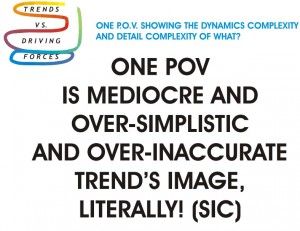
END OF EXCERPT.
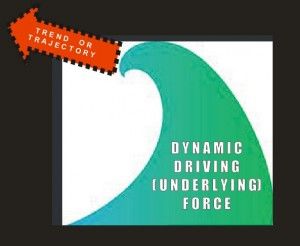
Please see the entire presentation at http://lnkd.in/dC5qvcb

